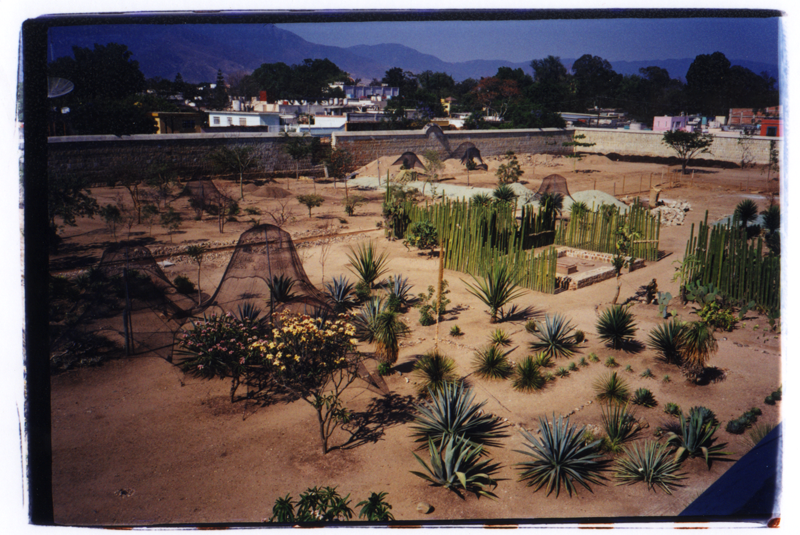
In late April, 2000, my partner Davin and I took a 2 week trip through Oaxaca, Mexico. We could not afford airplane tickets to Oaxaca City, so we flew to Mexico City on a cheap deal, took a taxi to the bus station, and a long bus ride to Oaxaca City. After a few days in the city, we got on another excruciatingly long bus ride to the coast, stayed there for a week, and then took a small plane back to Mexico City to depart.
Image at top of page: Jardín Etnobotánico de Oaxaca, April 2000. The garden was not open to the public. The closest I could get was this view from a window in the Church of Santo Domingo de Guzmán.
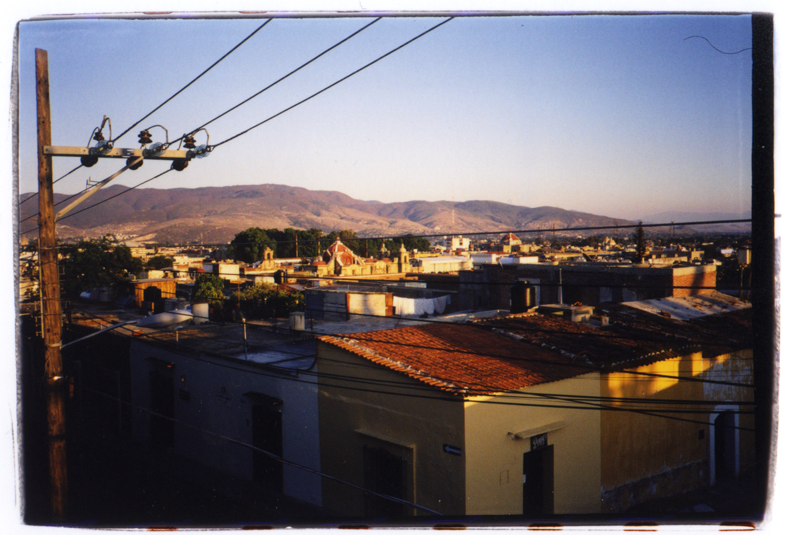
Taken from the rooftop of our hotel in Oaxaca City. There were several old churches nearby and everyday they would ring their bells at the same time, creating a chorus of sound.
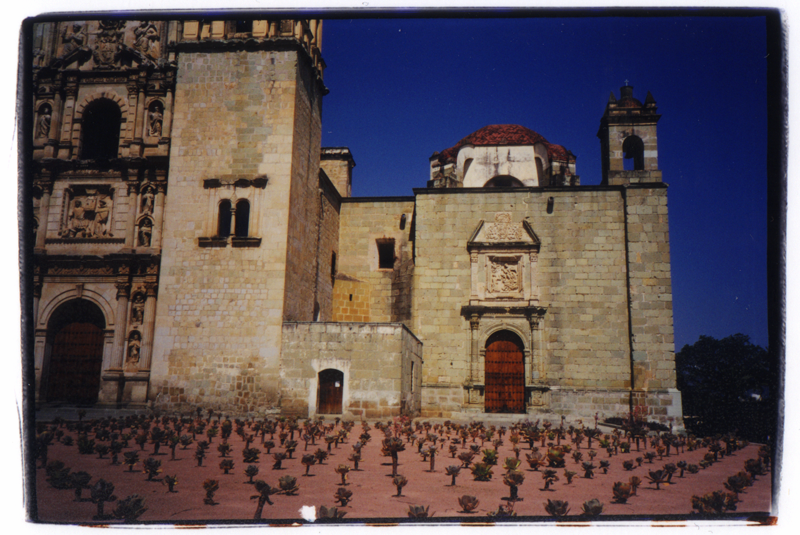
A field of echeveria in front of the Church of Santo Domingo de Guzmán. This is a museum now.
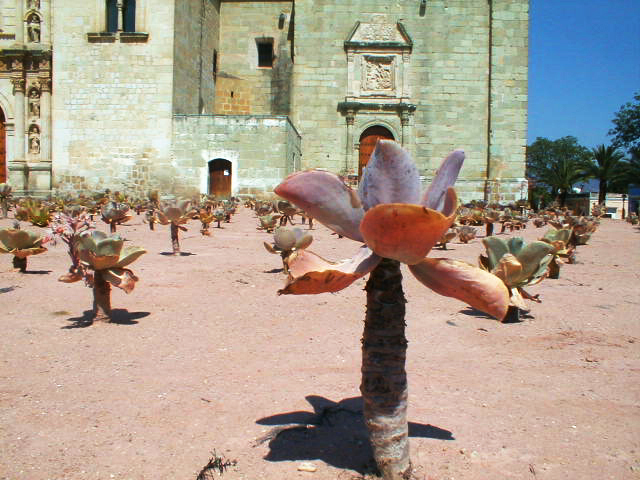
Even though it was just under 20 years ago, I remember the details of each of these legs of travel well. The long lineup in a crowded airline terminal, and then later, me hanging out of the backseat window of a cab that seemed to go in circles, my eyes wide and excited trying to soak in and photograph the fabulous typography and graffiti we passed with our first ever digital camera. I took 800 photos on that trip, and 20 years later I still recall that number so specifically, because back then we were used to using slow and expensive film only. I love film, will always love and use film, but it is an expensive medium! Taking 800 photographs — just the idea of being able to take 800 photos without worrying about the cost to develop it after-the-fact — felt like a luxury and an achievement. These days I can take 800 digital photos in one day of a trip. 800 through an entire week may seem like peanuts now, but back then it was a revelation and felt like embarking on a new frontier. The quality of the shots were pretty terrible though, as you will soon see below. Hard facts about the state of affordable digital photography at the turn of the millennium. [The better photos in this post were taken with film. Looking back, I couldn’t believe how small the file sizes were of the digital shots.]
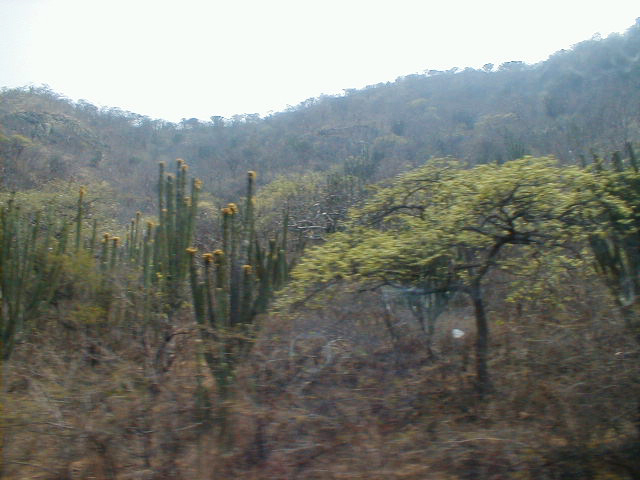
Views from the long, 14 hour bus ride from Oaxaca City to Puerto Escondido (popular now, but still just a fishing village and surf spot back then), located on the west coast. I had never seen so many large cacti in my life and longed to jump out of the bus at least a hundred times over the span of the journey.
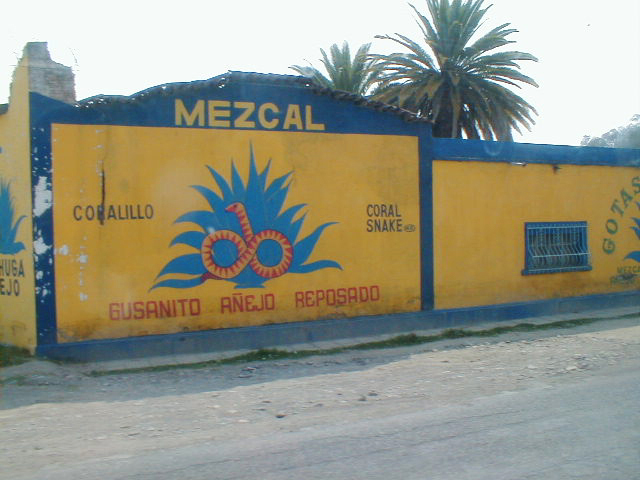
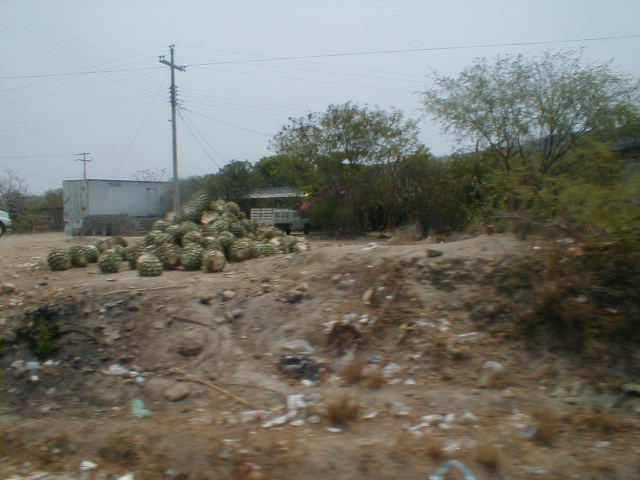
Agave crowns harvested to be made into mezcal.
The bus terminal was also busy. It was Good Friday in a country where a large part of the population is Roman Catholic. In hindsight, it was not a good Friday to travel. Buses were, perhaps still are on a class system. It would be a long journey to Oaxaca City and I needed a bus with a bathroom. So we had to wait 3 hours for a higher class of bus, but were never able to get one at the highest class (with air conditioning and movies). Never mind, because the window was my entertainment. I rarely turned away, even when the day turned to night and all I could see were stars and the silhouettes of large cacti rising from the desert. The sky was so large, so expansive, that it seemed as though it and the stars were one with the land. I’d never seen a sky like that before. Have seen few since. Until then, I thought I preferred tall vertical landscapes protected in the embrace of tall buildings or trees. That is what I’ve grown up with. But it turned out that wide open spaces suit me better. I like to see well into the distance and know what’s coming next.
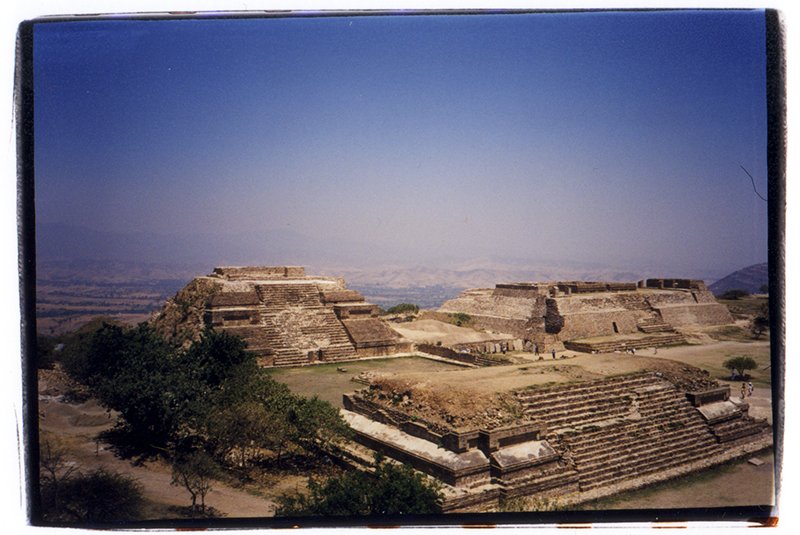
Monte Albán, the Zapotec city that sits high above Oaxaca City.
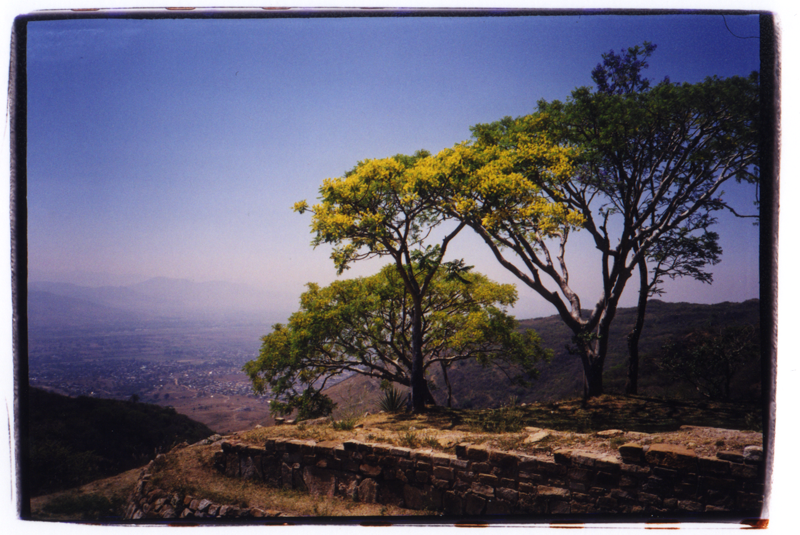
The view from the top of one of the pyramids of Monte Albán. I don’t care for intense heights, and the steps were very worn (being old and all) with no railings. I collapsed and hugged the ground when I reached the top. I was unable to find it, but Davin took a photo of me on the way down and the look on my face was sheer terror.
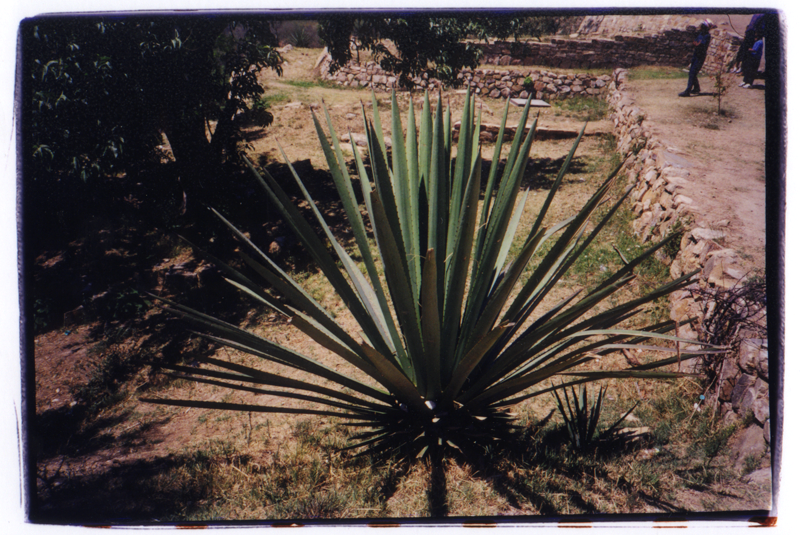
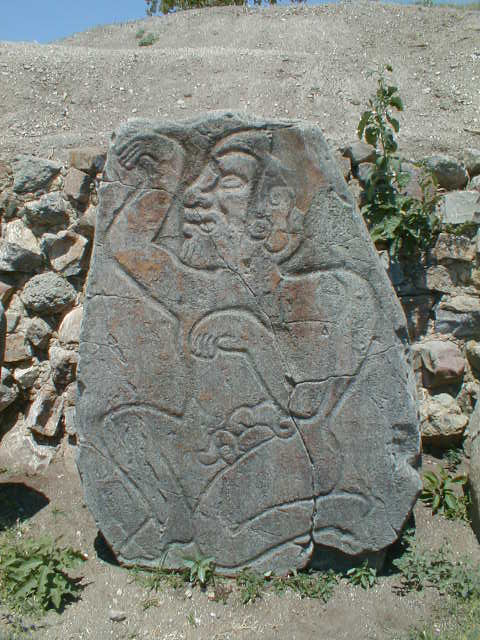
Olmec glyphs at Monte Albán.
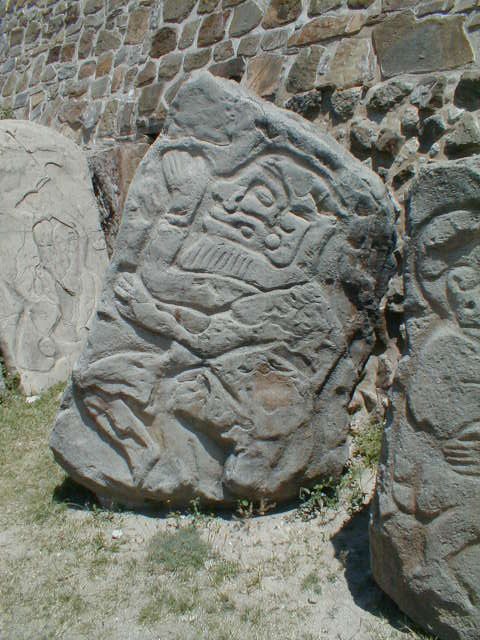
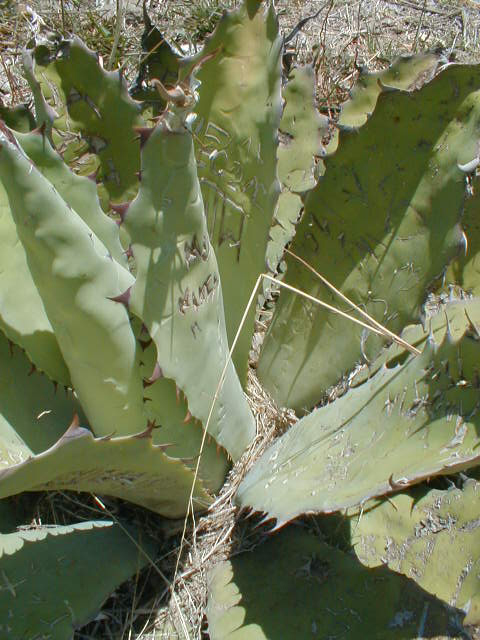
When I reached the top of that pyramid and fell to the ground, this small, carved agave was the first thing I saw.
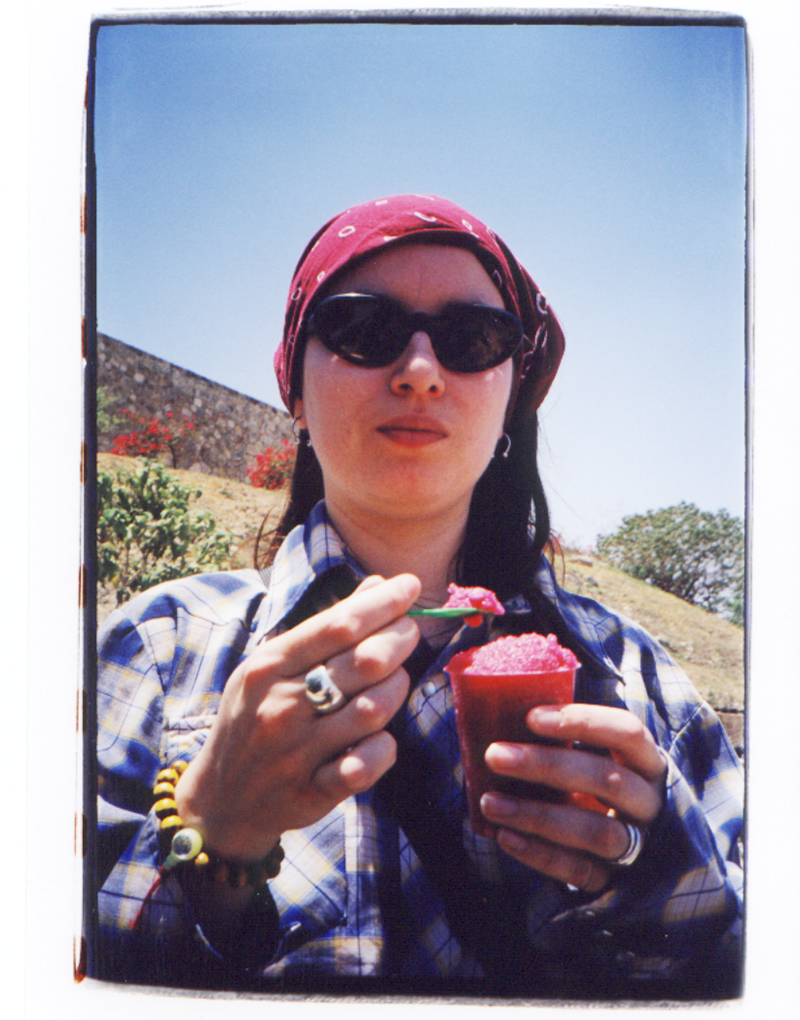
Me eating tuna nieve, a sorbet style ice-cream made of prickly pear cactus (Opuntia) fruit at Monte Albán.
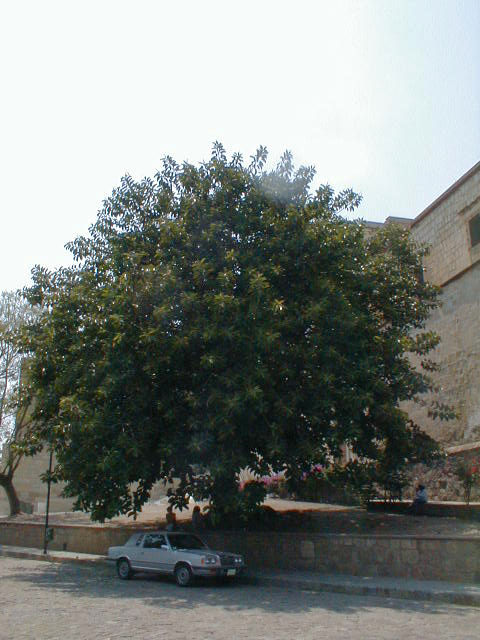
The largest Ficus elastica I have ever seen.

This trip was hard. I was 26 and chronically ill with my first autoimmune condition, which was relatively unknown then. Writing the words “my first autoimmune condition” reads like a special event or a picture book for children, My First Autoimmune Disease. The word autoimmune was not on my tongue then, not on anybody’s really… just another “problem” of “hysterical women” that was considered by many doctors (and still even now), to be all in our weak & excessively angry lady minds. Our close circle of friends were heartsick, traumatized, & grieving the loss of 2 friends the previous summer. I still cried daily & didn’t know how to move on. [For the record, I had been sick for some time before they died. My condition was affected by, but unrelated to their passing.] The word trauma wasn’t in our vocabulary of the time either. Back then, my personal reaction to their death felt excessive. I was frustrated and embarrassed by my inability to “just get over it.”
Never mind that without a family, my friends were my family. Never mind that this loss, so profound and deeply felt, also toppled any sense of safety I had, perhaps poorly, constructed for myself in the world. Never mind that I was still so young and learning how to move through life as an adult, still figuring out what a healthy adult life even looked like and how to attain it. Never mind that I was carrying the weight of the traumas of my childhood, traumas that had been resurfaced by a particularly toxic work environment that I’d only just left the year before. It seemed as thought every good turn I took in life was followed by tragedy and loss, and there were parts of me that believed my parents’ worldview that we were plagued and misfortunate people destined to misery and perennial hardship. I felt melodramatic. There was too much feeling. But I was also determined to punch back against their bleak view of things and seek a different sort of life. So despite the difficulty I knew I’d face, we saved a scratch of money and went on the trip anyway.
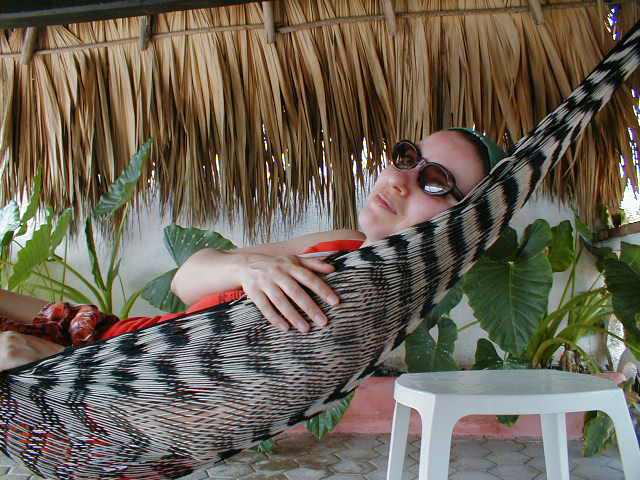
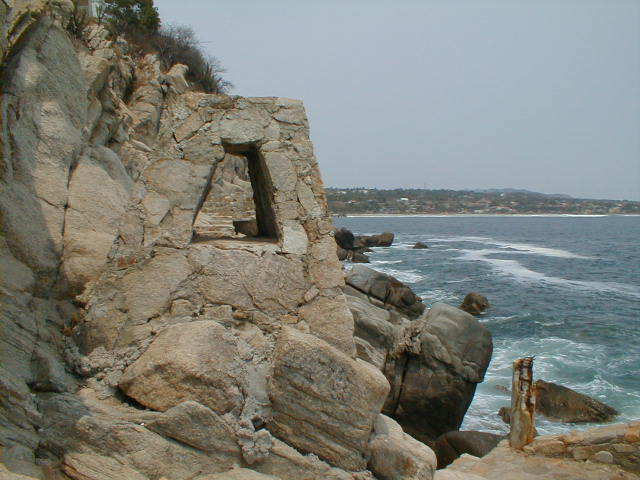
Somewhere near where this photo was taken was a little spot where we stopped to take a dip in the ocean on the way back from a further beach. The water was rough and a man was fishing for dinner. On the rocks were the tiniest little mudskippers. They had eyes on top of their heads and were the most delightful little cartoon creatures you can imagine.
I don’t know how I survived 2 weeks of travel in that heat, but I was so determined to do it that I pushed through with long breaks (one, later in the trip, lasted a few days) whenever I crashed, my body in revolt. Boom and bust. I’d never been in real mountains before and wasn’t prepared for the elevation of Oaxaca City or the sickness that ensued. My already compromised body couldn’t adjust, and I was too nauseous to eat each day until sometime after noon. Sometimes later. My body couldn’t properly digest and metabolize what I did get down, which was a shame, because real Mexican food is delicious and we had access to some of the best. I lost 10lbs within a matter of days — went from plump to gaunt practically overnight. This improved when we left Oaxaca City and took the bus to the west coast, but then the humidity offered a new challenge.
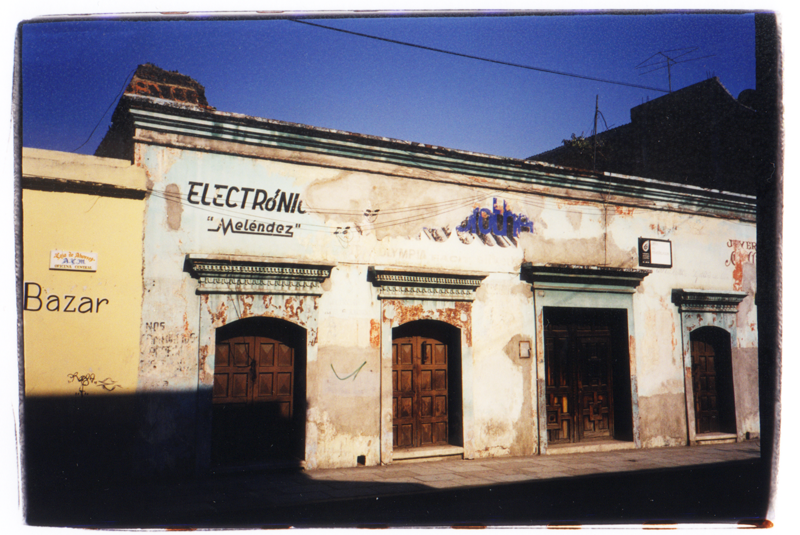
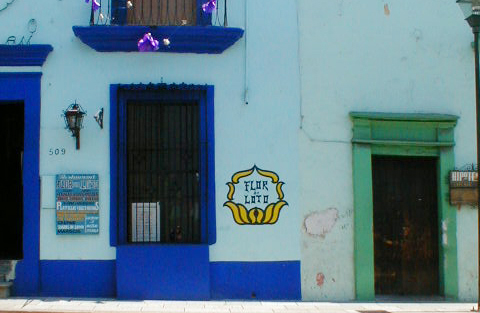
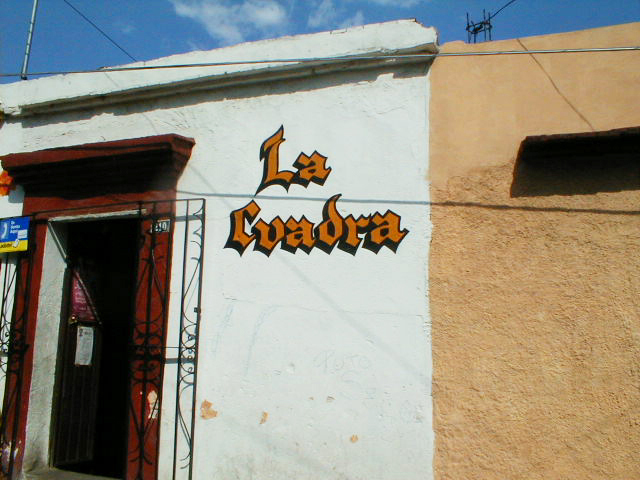
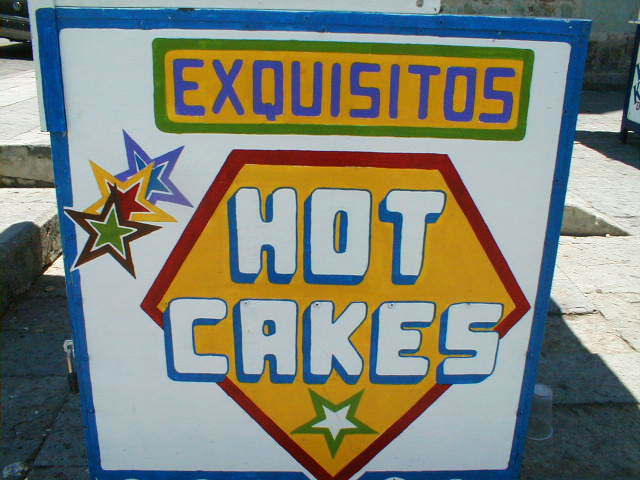
Handpainted signage in Oaxaca
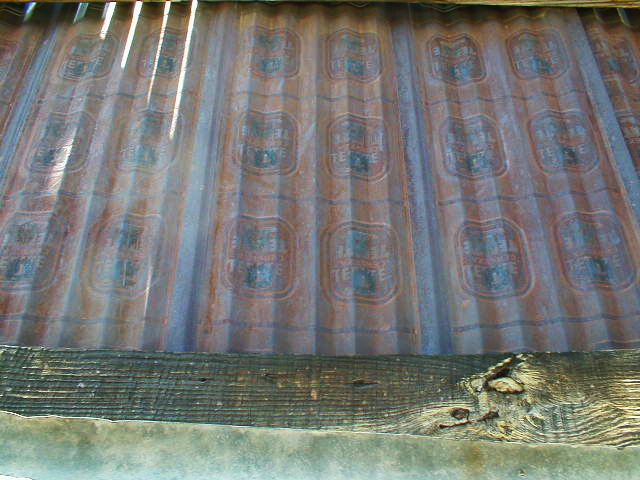
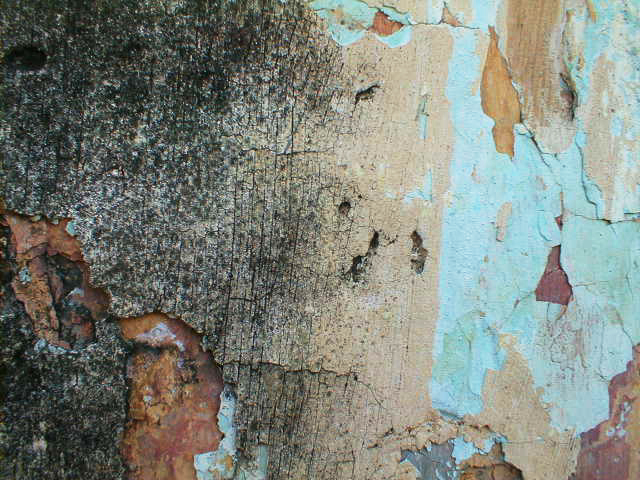
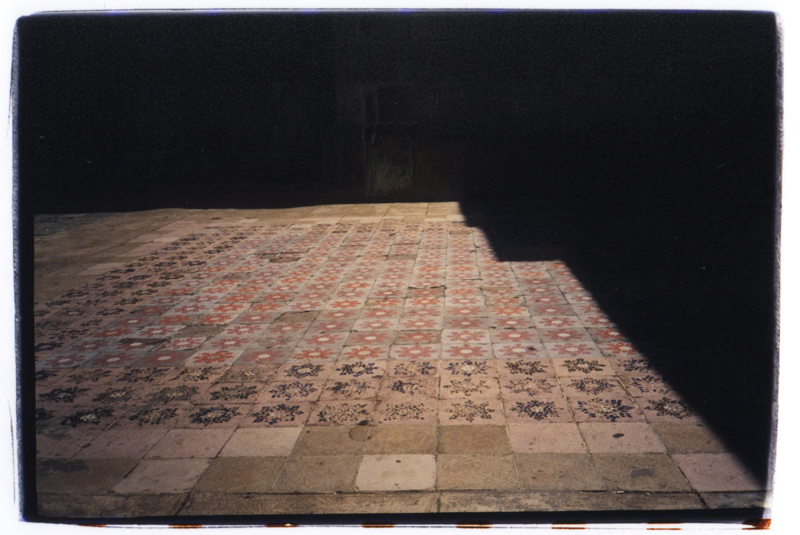
A church courtyard with beautiful tiles.
I wasn’t able to do the many things I had planned, or see all I longed to see, but it was enough. What I did manage captivated, inspired, and altered me in ways that still resonate today. The colour palettes: deep ochres, brick reds, bright oranges, blue greens and vibrant hot pinks. Muted earth tones alongside hot tropical jewels. The chipped surfaces: layers upon layers upon layers of colour peeking from underneath years of fresh coats. On the first day out, it took us about a half hour to walk just a few paces from our hotel because we were so enamoured by the minutia of every surface. There was so much for my hungry eyes to absorb. Recycled materials and wrought iron: large old and rusting metal sheets that were once meant to be cut into pop cans or oil tins refashioned into doors and fences. The meticulously hand-painted signage and unique typography that I have never seen anywhere else before or since. At the market: green and black pottery, textiles and rugs dyed and woven by old Zapotec methods, the vibrant and skillfully embroidered costumes of women come down from the mountains and valley beyond to sell their wares, ex-voto paintings done on old pieces of metal that depict sightings of the Virgin de Guadeloupe (we bought 2 that still hang in our living room), painted and embossed tin ornaments and tiny milagros fashioned into the shapes of human limbs and animals. I bought a stack of ornaments for just pennies a piece. They are faded by time, but I still put them on the holiday tree when we bother to do one. I don’t say it enough, but all of this influenced my graphic design work (consciously and unconsciously) for the years I remained in that field. It also passed down to the photographic & textile work, informing a sensibility that I am still cultivating to this day.
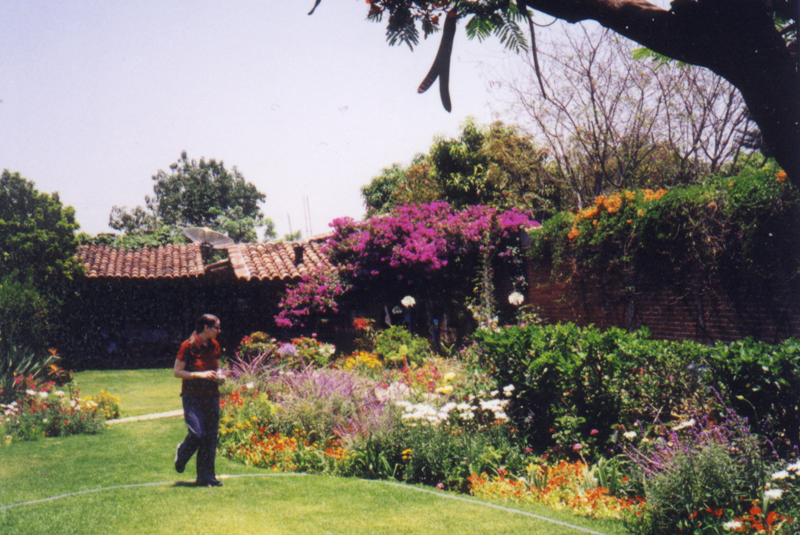
One of the biggest luxuries of the trip was a private cooking class that we took with local chef, Pilar Cabrera, who runs the restaurant, La Olla. We ate at the restaurant everyday that we were in Oaxaca City.
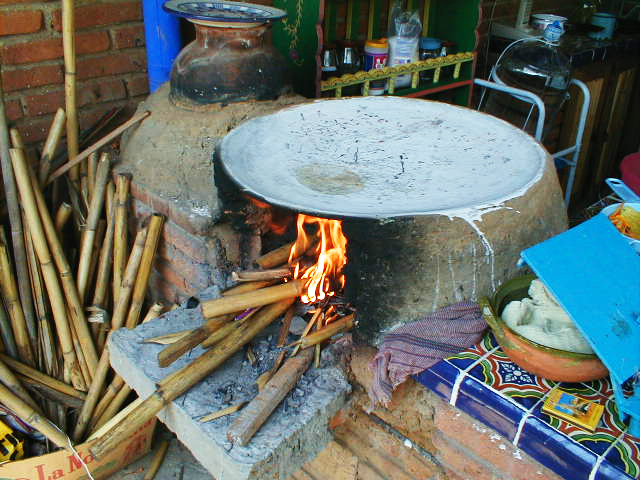
Cooking on the comal.
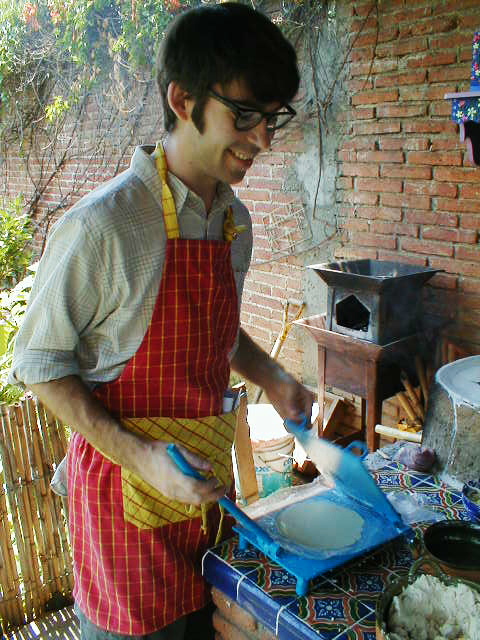
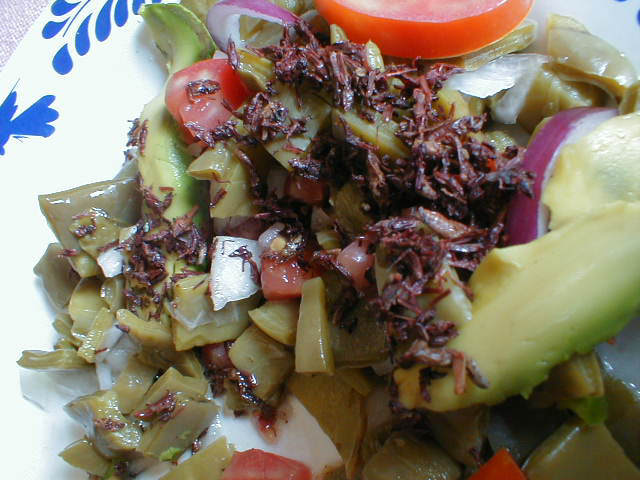
Cactus salad topped with dried grasshoppers at La Olla. Yes, it was good and the grasshopper bits were sort of like bacon bits. I’m very much down for eating insects.
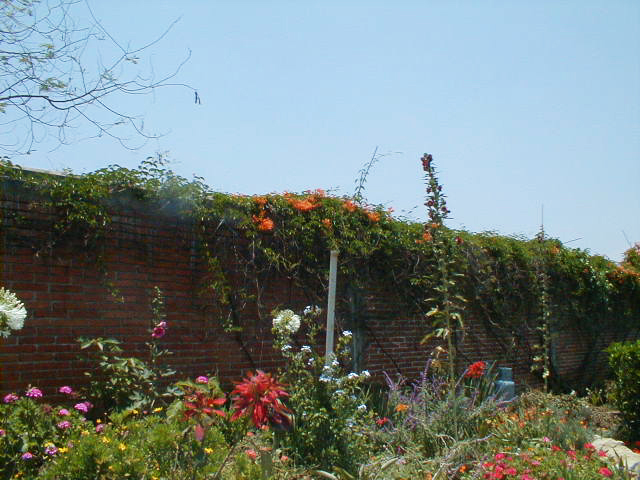
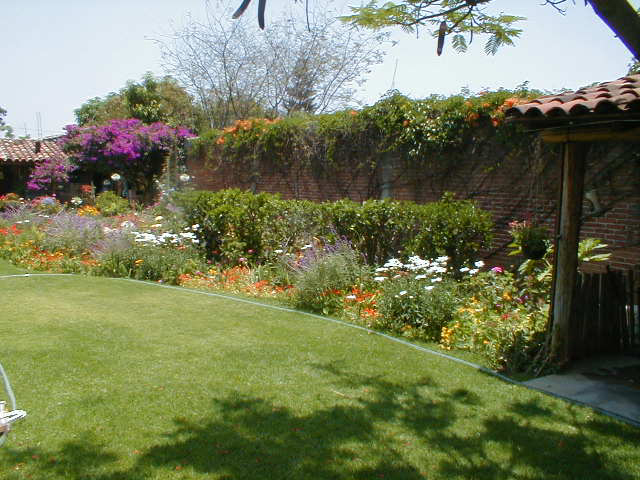
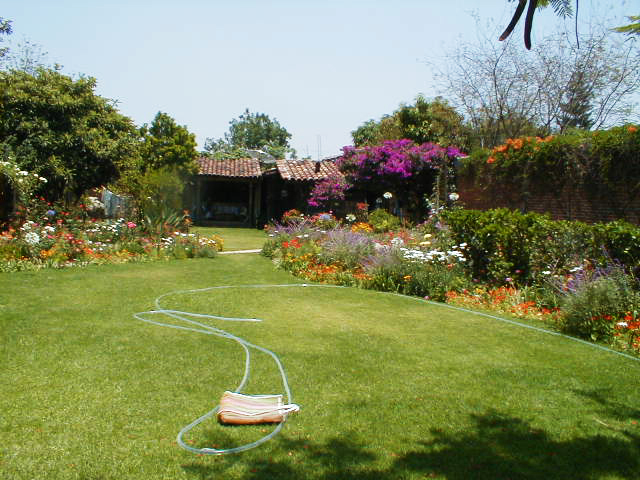
The cooking class was held in the chef’s backyard, complete with outdoor cooking facilities. However, the building at the back was their mother’s indigenous herbal steam bath, called Temazcal.
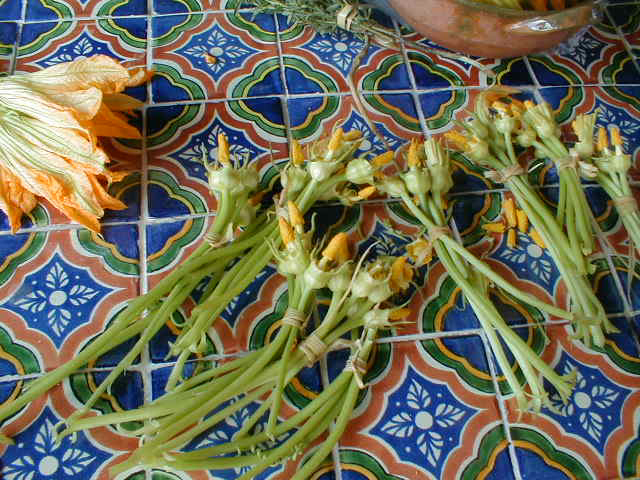
Cooking with squash blossoms for the first time. I have done so many, many times in the 20 years since!
Only 2 months prior to the trip, I launched the 1st issue of YouGrowGirl.com, then a webzine. Being able to see so many North American desert and warm climate tropicals in their natural habitats brought my already burgeoning love of the botanical world to new heights and specifically spawned the birth of an obsession with the genus agave. Visiting food markets, taking a private cooking class with a very good local chef, and eating the food of the region (when I could eat successfully) awakened a love of food & its ties to people and place that was sitting on a precipice, just waiting for the right nudge.
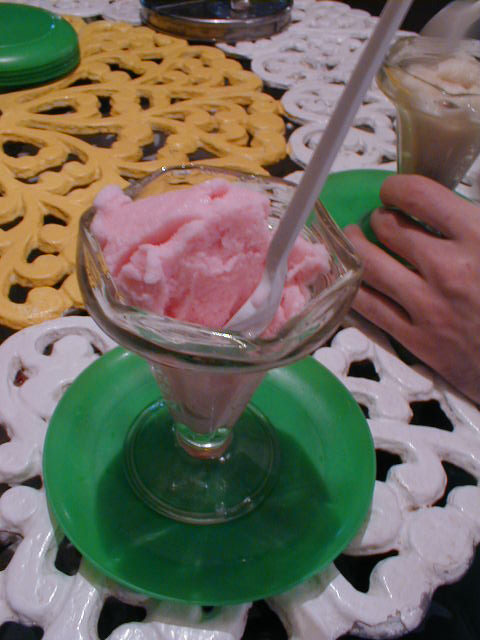
Eating rose ice cream at night in Oaxaca City. Davin’s was burnt milk.
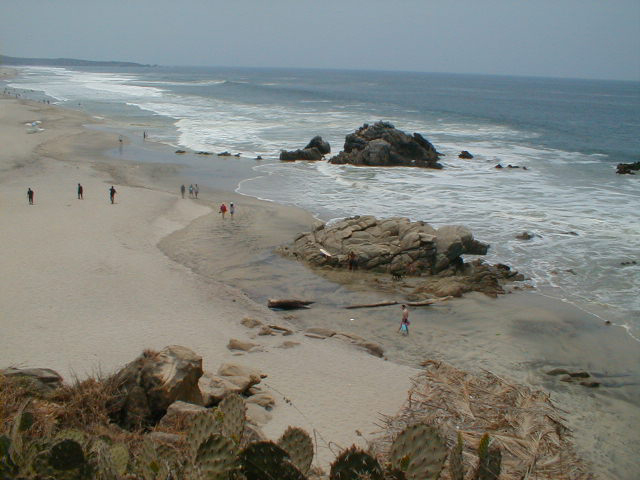
One of the beaches in and around Puerto Escondido, but I can’t recall which. What I do remember was snorkelling on one of the “calmer” beaches and seeing octopods in the murky water below, blending almost seamlessly with the rocks. I have a childhood love of cephalopods, so that was a pretty big deal. There were lots of small stingrays in the water right at the shoreline, and I recall tiptoeing carefully and then doing a kind of shallow leap into the waves to avoid being stung in the foot. Coming back in, a large jellyfish was washed up on the shore, dead in the sun, and little kids were poking its clear flesh with sticks. Despite taking 800 photos there are many parts of the trip that were no documented, but the memories remain as vivid as short films in my mind.
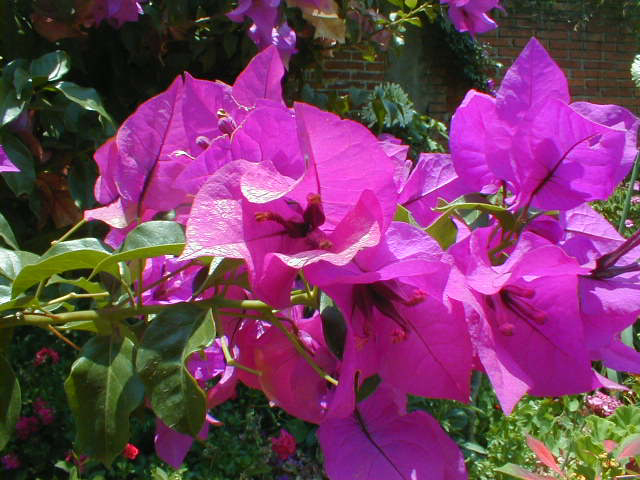
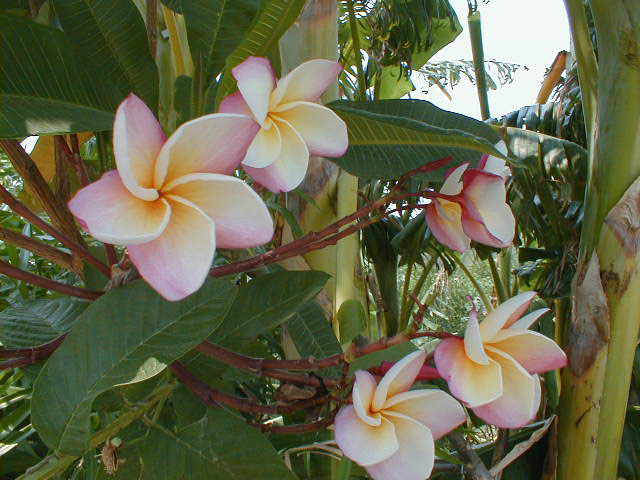
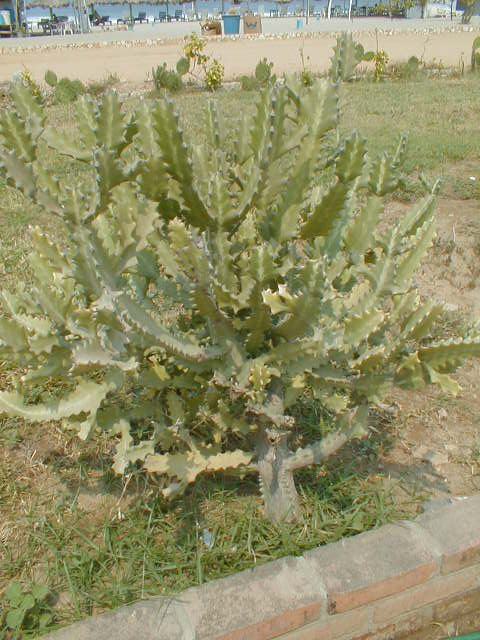
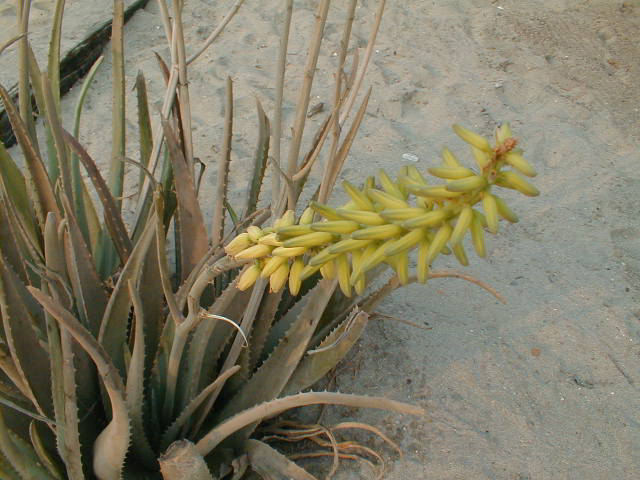
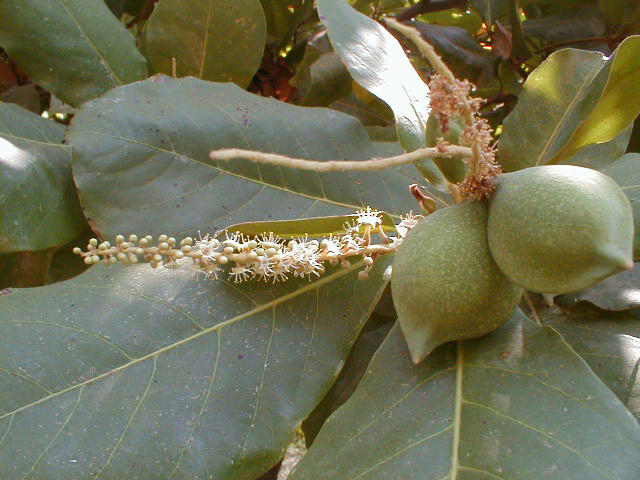

Cotton flower. We’d visited Puerto Escondido a year prior and it was then that I saw a cotton plant for the first time. There were many other botanical firsts. When I looked back on these pictures, I could recall my open-eyed excitement about every new thing. There was a naiveté that isn’t exactly gone, but is a bit harder to conjure considering the decades of experience and knowledge I’ve accumulated since.
20 years have passed, and every year I feel a pull and a longing to return to the area and explore again all that I saw then with new, albeit more experienced and mature eyes, going beyond to see everything I missed. Someday. I may be knocked down now and unable to travel, but I am not out. Not done yet. That stubbornness and determination is still in me. Determined to heal. Determined to keep alive that curiosity and resiliency that has got me this far.
Every trip before & since has changed me in some way, but this was the first one that really get under my skin & altered my course.